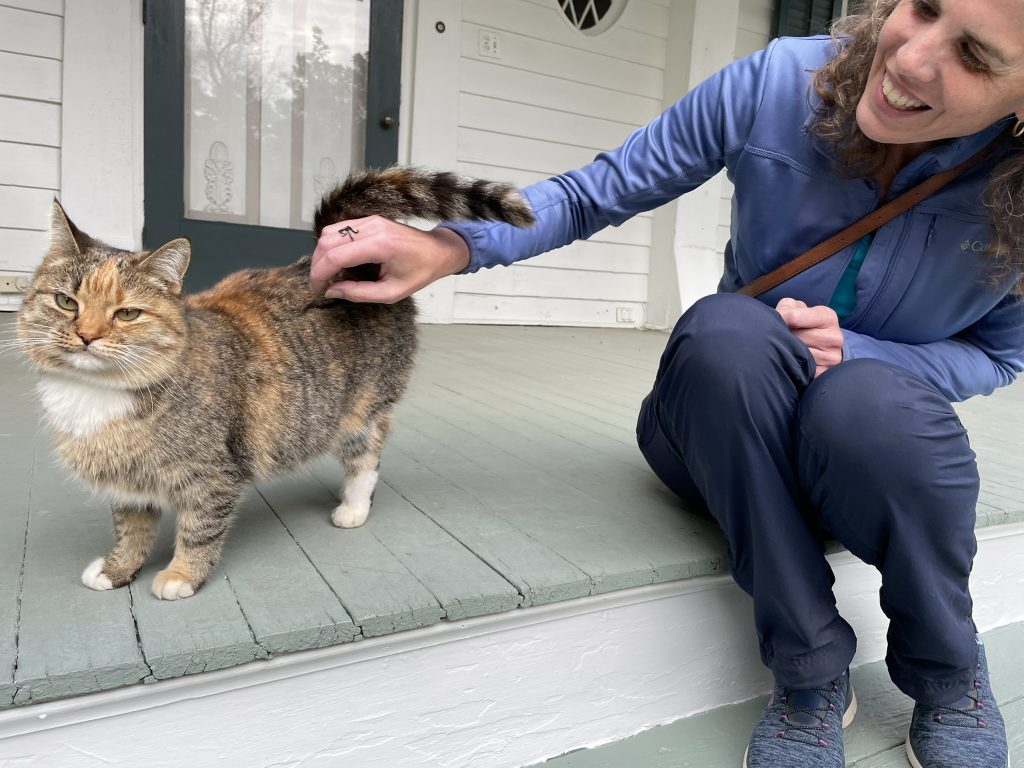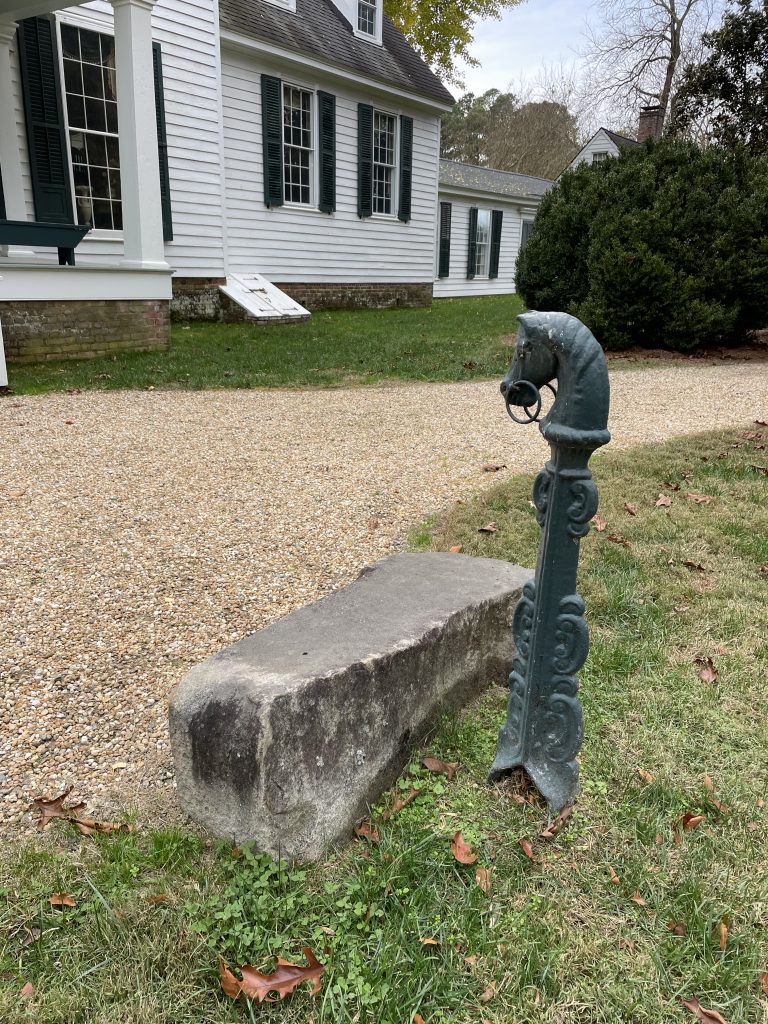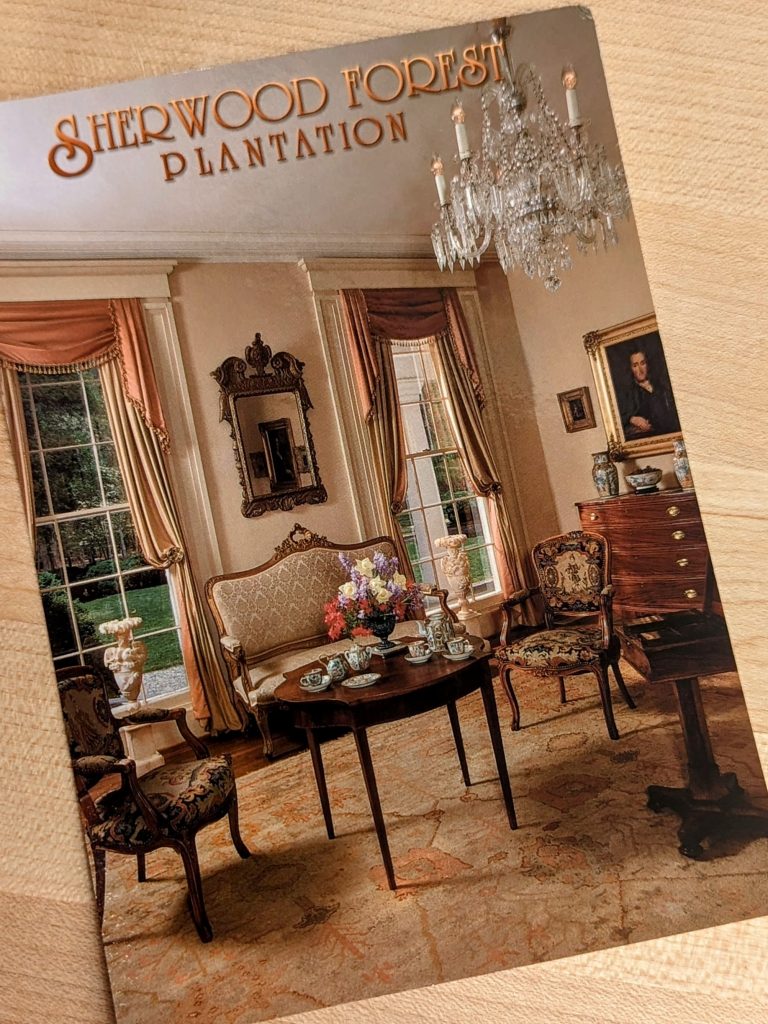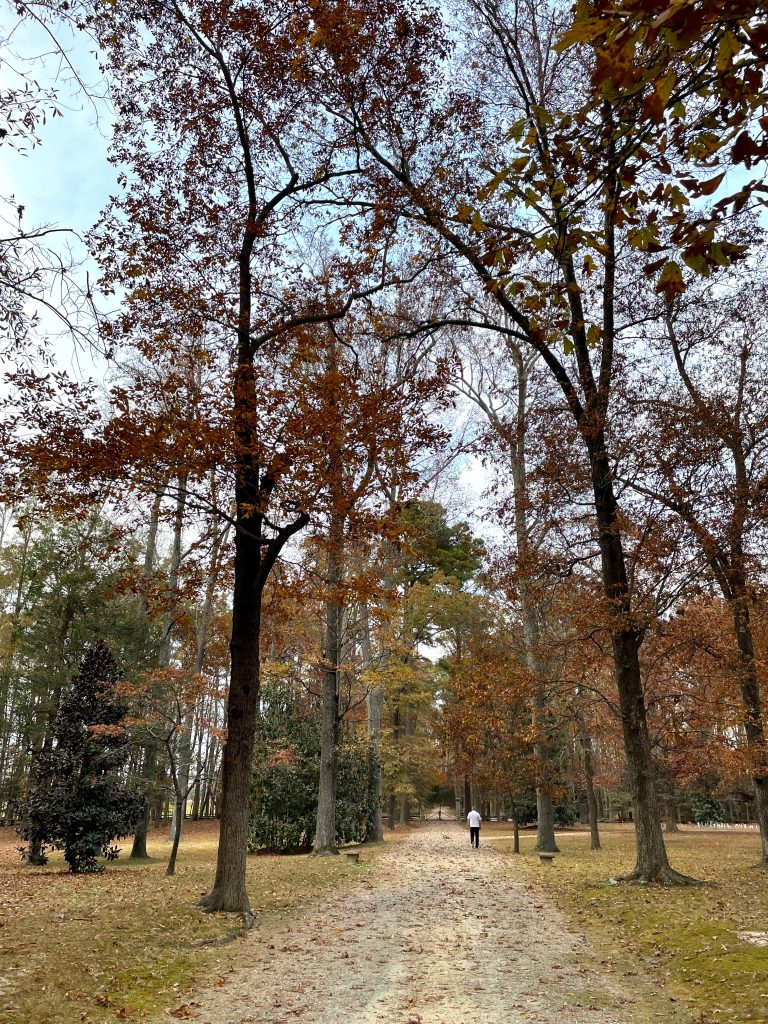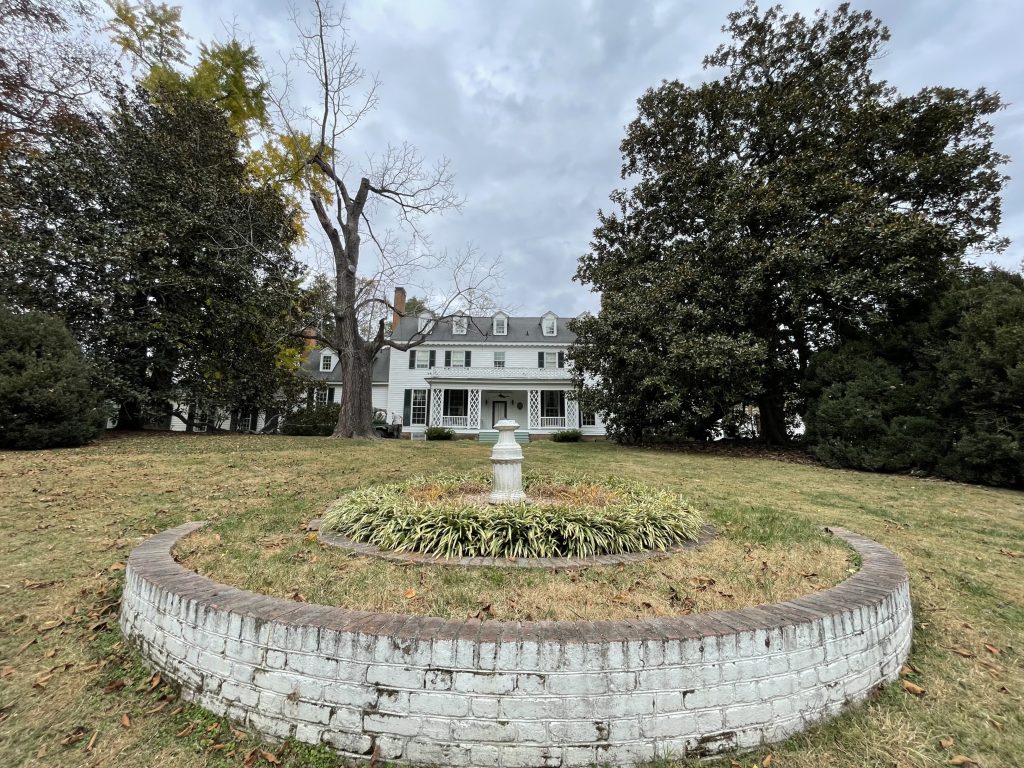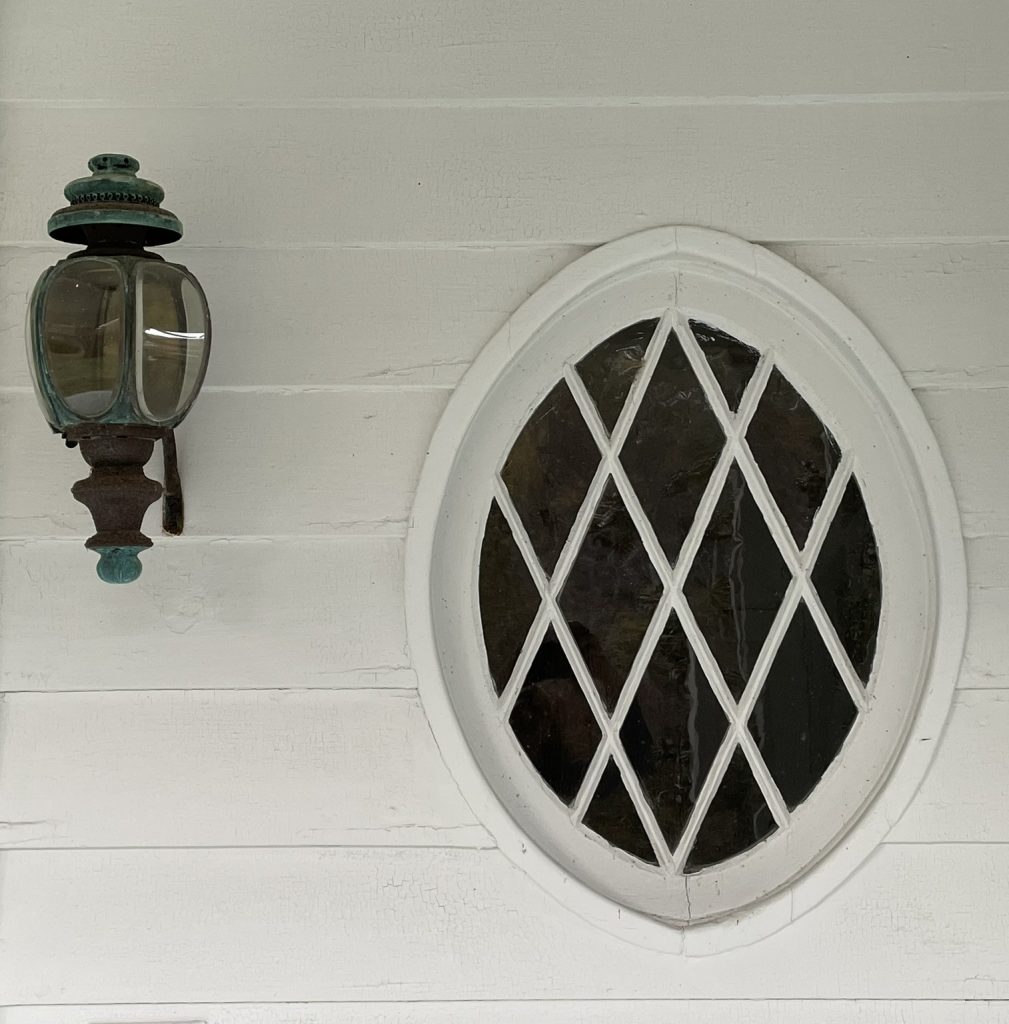We’re getting deep into the presidential sites when we’re visiting places like the Sherwood Forest Plantation in Charles City, Virginia, the home of 10th U.S. President John Tyler. Due to it still remaining privately owned by the Tyler family, tours are few and far between.
John Tyler (1790-1862) was William Henry Harrison’s running mate in the 1840 election, campaigning with the famous slogan “Tippecanoe and Tyler Too.” When Harrison died just 31 days into his presidency (the result of pneumonia contracted after giving the longest inaugural address of any President before or since, during miserable weather), Tyler became our country’s 10th president. In 1844, however, as a result of Tyler’s fractious relationship with several political parties, he was not nominated for re-election.

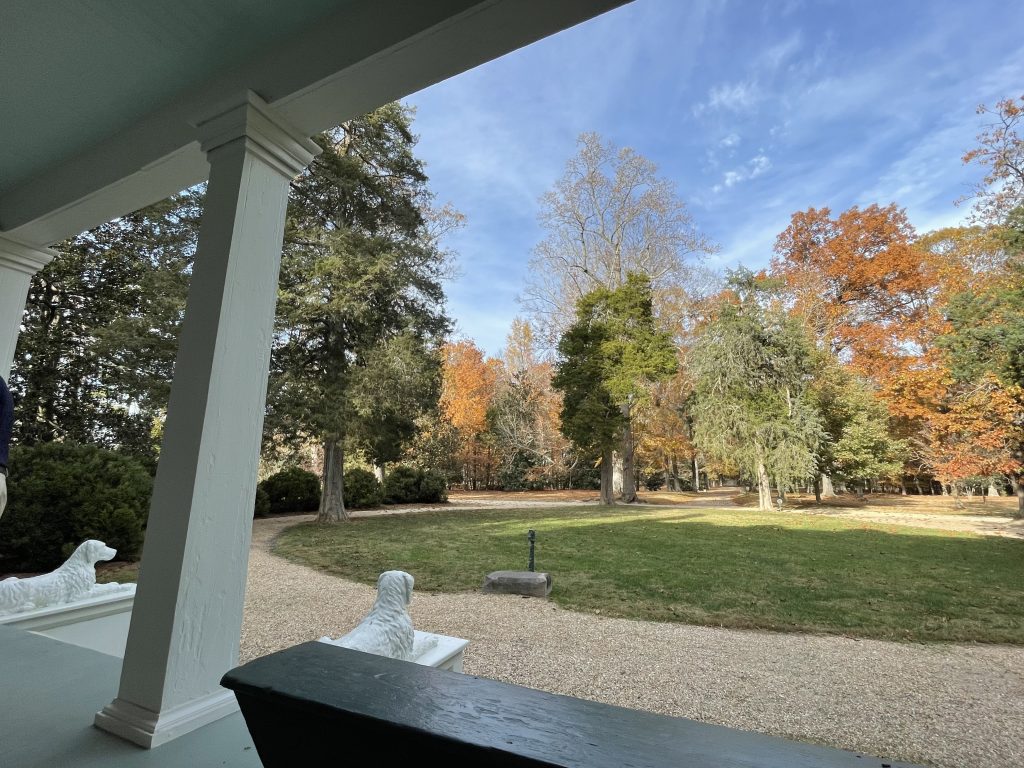
Tyler bought the home and 900 acres while he was still in the White House. It was built around 1720 and is “a classic example of Virginia Tidewater design: “big house, little house, colonnade, and kitchen.”
He renamed the house and plantation “Sherwood Forest” because he had a reputation as a political outlaw.
He increased the holdings to 1,600 acres, and also made additions to the house, taking it to its current 300-foot width. It’s said to be the longest frame house in America at 300 feet long (check out the cover photo, taking in only part of the front). However, it is only one room deep!
Tyler’s first wife, with whom he had had eight children, died in 1842, the year he bought the home. In 1844 he married the wealthy 24-year-old Julia Gardiner. Let’s do some math… that makes Tyler 52 to her 24, explaining how his grandchild is still alive and living at the home today. (While we were exploring the grounds before the tour, we actually encountered Tyler’s great-grandson who also lives in the house with his family.) John and Julia had seven children, which makes Tyler the father of more children than any other U.S. President. (At least this is true when you count “legitimate” children — Jefferson, I’m looking at you.)
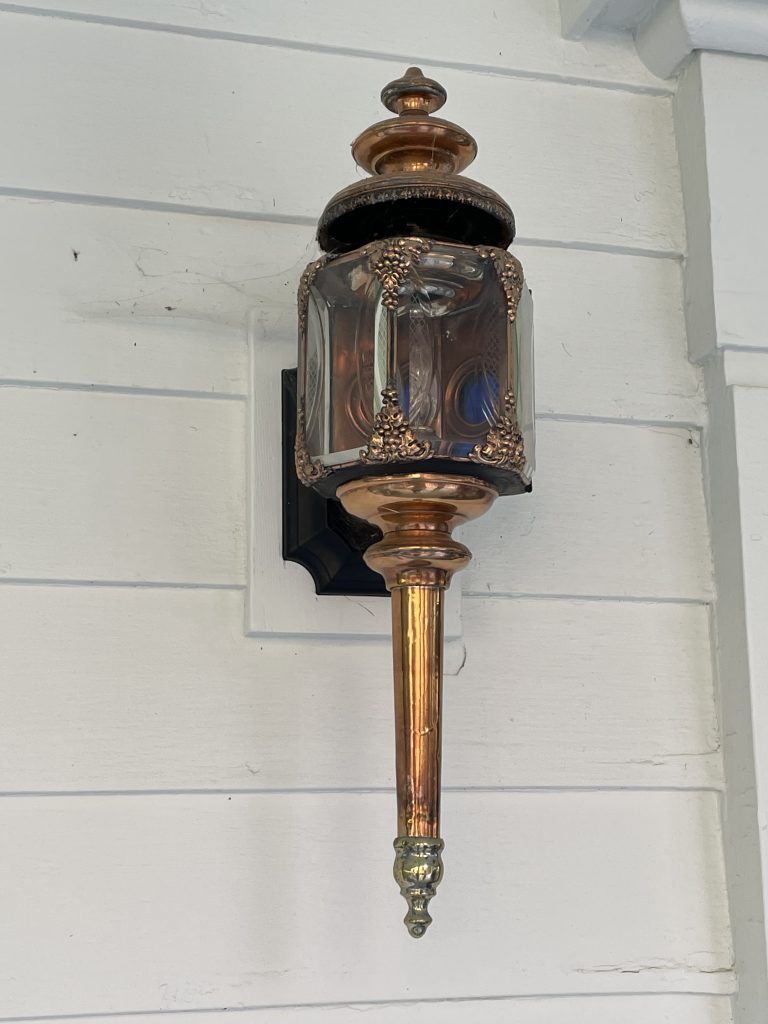
We did the house tour with two other people. Our tour guide asked us why we had come to this site, and we told him we liked presidential sites. And then he asked me if I was interested in the history, to which I said yes. For the rest of the tour, he launched into deep history, pausing only to remind everyone that it was my fault because I said I was here for the history. (Um, that’s not exactly how it went down.) This stretched the tour to nearly two hours. Fortunately, he was very enthusiastic and fun to listen to.
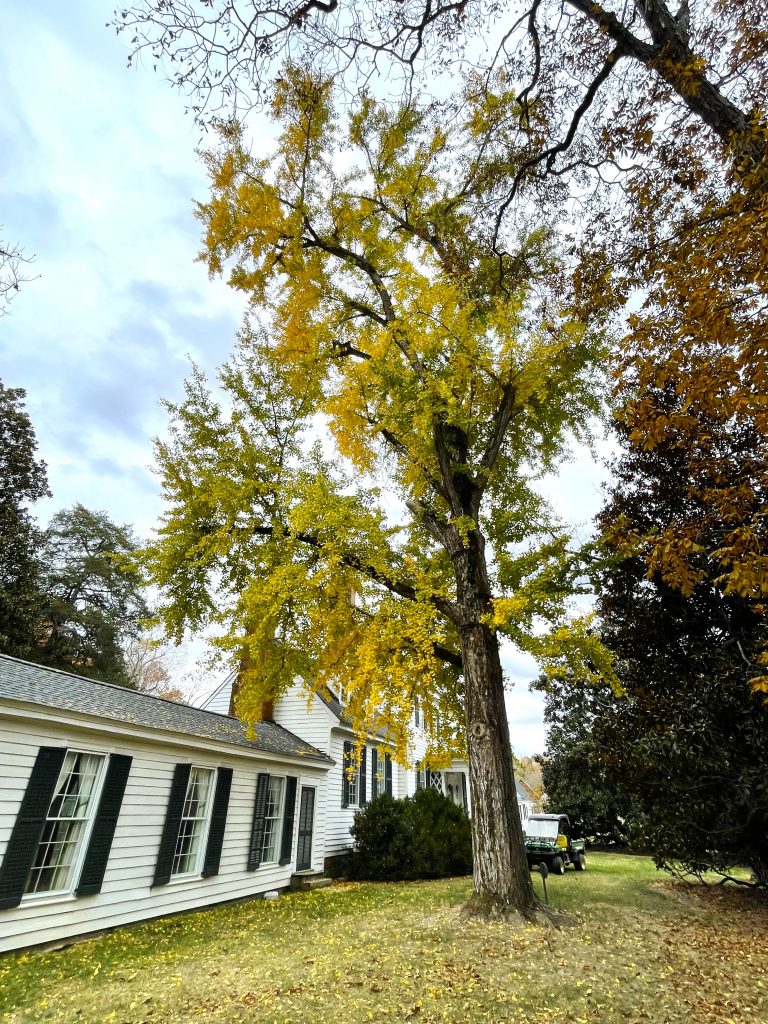
The house was full of things that are rich in history, and we were allowed to handle some artifacts because it is a home and not a museum. (We both lightly touched Thomas Jefferson’s foot stool because we could!) Sadly, no pictures were allowed inside, but the interior was lovely and well-preserved. Julia liked spending her money.
Though not really discussed on the guided tour (it’s covered briefly on the self-guided tour), this was a plantation growing wheat, corn, oats and clover, which means there were many enslaved people working the land. As of the Civil War, there were 43 enslaved people owned by the Tyler family, along with additional enslaved workers that were leased. Julia Tyler was passionately pro-slavery, even writing an influential pamphlet about it in 1853.
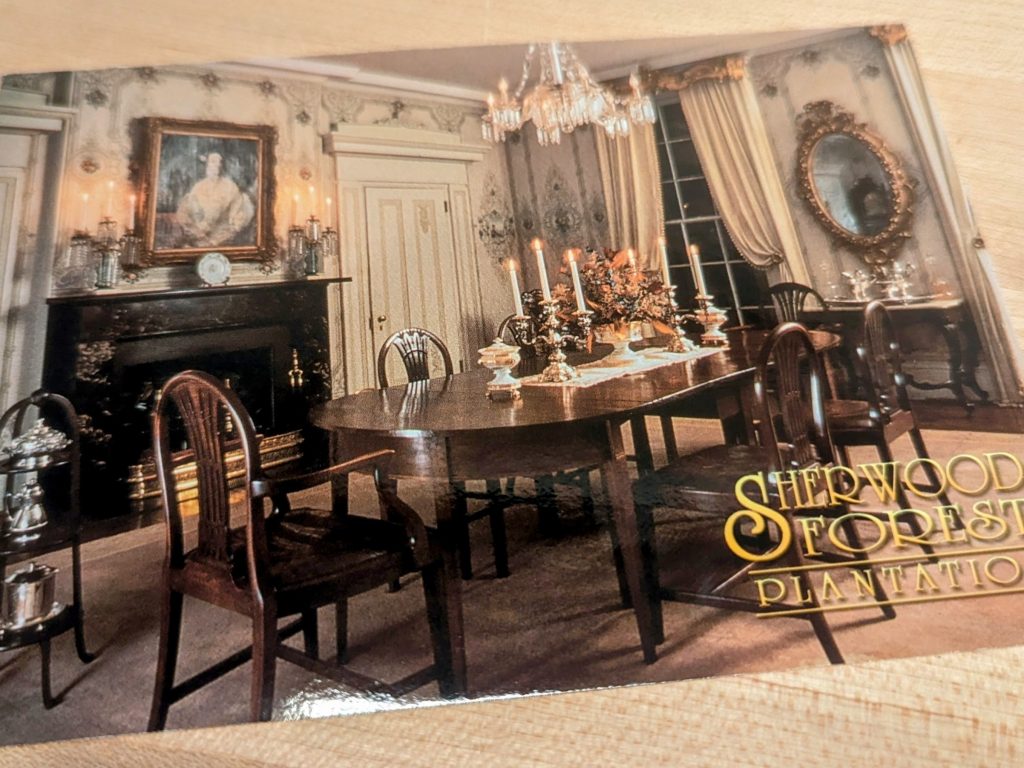
When the discord between the South and the North began to grow precipitously in the early 1860s, Tyler chaired peace talks in Washington, DC, were aimed at quelling armed conflict. But Tyler ultimately voted against all seven final peace proposals, believing that the rights of slaveholders were not adequately protected in any of them. When the war began, Tyler sided with Virginia and was elected to the Provisional Confederate Congress and then to the Confederate House of Representatives. He died in 1862 before the first session was called to order.

